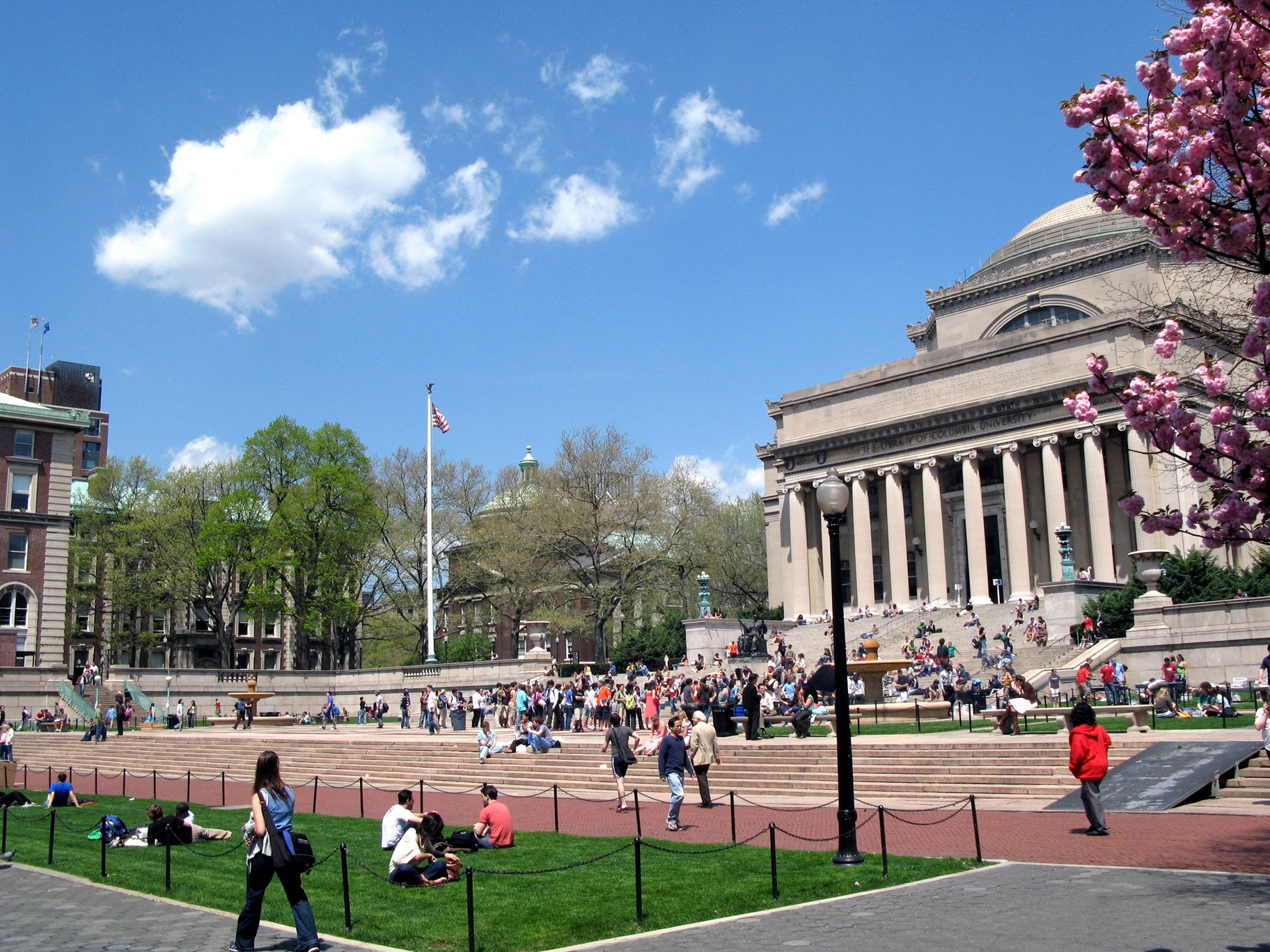On Sukkah 25a, several late Amoraim deduce, from the Biblical term kapot, the precise contours of taking the lulav branch—that it isn’t the hardened lulav branch, the trunk, two palm branches, or one leaf. It might seem irregular for biblical interpretation to be performed by late Amoraim. However, they are expanding upon an existing drasha by a Tanna, Rabbi Yehuda citing Rabbi Tarfon, who uses “kapot” to mean that if the leaves were spread, one should bind them. Further, although the Amoraim challenge one another about the implication of the pesukim, no one is arguing the conclusions. That one should take but a single lulav is well established, and the biblical interpretations are either mere hints or true interpretations to arrive at known conclusions.
The players in this discussion are Rav Ashi (sixth generation, 352-427 CE), Ravina (who is either Ravina I, sixth-seventh generation, d. 421 CE, or Ravina II, seventh generation, d. 499 CE), and Rabba Tosefa’a (d. 427 or 499 CE). They challenge one another regarding the interpretation by name (e.g. אֲמַר לֵיהּ רָבִינָא לְרַב אָשֵׁי), and the discussion follows up without explicit names. For earlier Amoraim, I would posit that the Talmudic narrator is continuing the analysis. These Amoraim are redactors themselves, so perhaps they continue themselves. Abaye (fourth generation, 278-338 CE) seems to participate, explaining that it cannot be a partially hardened palm branch since “The Torah’s ways are of pleasantness,” but he died before Rav Ashi’s birth. Rather, the Talmudic narrator (/Ravina) asks and the Talmudic narrator (/Rav Ashi) responds, channeling Abaye and his prooftext from Sukkah 32b, where Abaye and Rava each explain why the verse refers to lulav and not oleander.
Why is Rabba called Tosefa’a? Steinsaltz translates the appellation as “expert in Tosefta.” This is the same pattern of “Kara” as a master of Scripture. (However, the brayta prompt for their discussion isn’t in our Tosefta.) Brüll explains that his birthplace was Tusfa (Thospia). Halevy writes that he amplified and “added” to Rav Ashi’s Talmudic compilation. Heilprin writes that some say that Rabba Tosefa’a authored each instance of yesh omerim (“some say”). If so, his contributions are extensive—335 times in the Talmud, only some of which are ascribed to others.
A student of Ravina I and colleague of Ravina II, Rabba Tosefa’a ruled in Sura after Mar b. Rav Ashi. He appears explicitly in nine places including our sugya. In Bava Kamma 119a, Ravina visited Bei Mechoza, and the women tossed him jewelry to distribute as charity. Rabba Tosefa’a asked why Ravina accepted, in light of a brayta (from the Tosefta) that charity collectors can only accept small items from women. Ravina answered that for the residents of Mechoza, these were deemed small items. In Zevachim 81b, he objects to a brayta being used as a proof in the current discussion, when it was interpreted on the previous daf to mean something else, and Ravina explains. In Shabbat 95a, he found Ravina suffering on Shabbat from the dusty hot air in the house. He suggested employing a method mentioned in a brayta of indirectly watering the ground by washing one’s face and body parts in different areas of the room, and the latter concurs. In Bava Batra 64a, the Mishnah discusses one who sells a house with a pit (bor) or cistern (dut) without specification, and Ravina sits and poses the difficulty that a pit and cistern seem identical. Rabba Tosefa’a answers based on a brayta, that both pit and cistern are dug in the ground, but a cistern is finished by building masonry walls inside. We see expertise in braytot, as well as attention to precise meanings of terms, just as in Sukkah, fine distinctions between kaf, kapat, and kappot. Hyman considers the interactions in these sugyot to involve a teacher-student relation, so Ravina is Ravina I. (The same Ravina has identical interactions with Rav Ashi in our sugya, which is possible as a student-colleague.)
Meanwhile, in Yevamot 75b, Ravina sat and posed a dilemma regarding the precise details intended by the Mishnah about a medical condition. Rabba Tosefa’a confidently answers. In Moed Katan 4a, Ravina and Rabba Tosefa’a were traveling and saw a man drawing water on Chol Hamoed. Rabba Tosefa’a suggests that “Master” excommunicate the man. Ravina replies that a brayta states one may draw (madlin) for vegetables. Rabba Tosefa’a replies madlin doesn’t imply drawing water, but vegetables, with proof of this linguistic use from a Mishnah. Again, we see expertise in braytot and attention to the nuanced meaning of lexical terms. Hyman considers these two interactions indicative of a relationship between colleagues. I think this is debatable; Ravina is called “Master” and asked to perform the excommunication; likewise, interpreting interactions is subjective: Students can have knowledge from other sources (Tosefta) or, like Abaye and Resh Lakish, have a combative relationship with their teacher.
In Brachot 50a, Rabba Tosefa’a discusses the situation of three people who broke bread together and one bentched by himself. If he subsequently participates in their zimun, they have fulfilled zimun while he does not. In Yevamot 80b, a man traveled overseas and his wife gave birth 12 months later. Rabba Tosefa’a declared the child fit, because of the presumption that the husband is the father and because it could have been a prolonged pregnancy. Indeed, Beulah Hunter birthed a healthy baby girl in 1945 after a 375-day pregnancy.
Rabbi Dr. Joshua Waxman teaches computer science at Stern College for Women, and his research includes programmatically finding scholars and scholastic relationships in the Babylonian Talmud.













